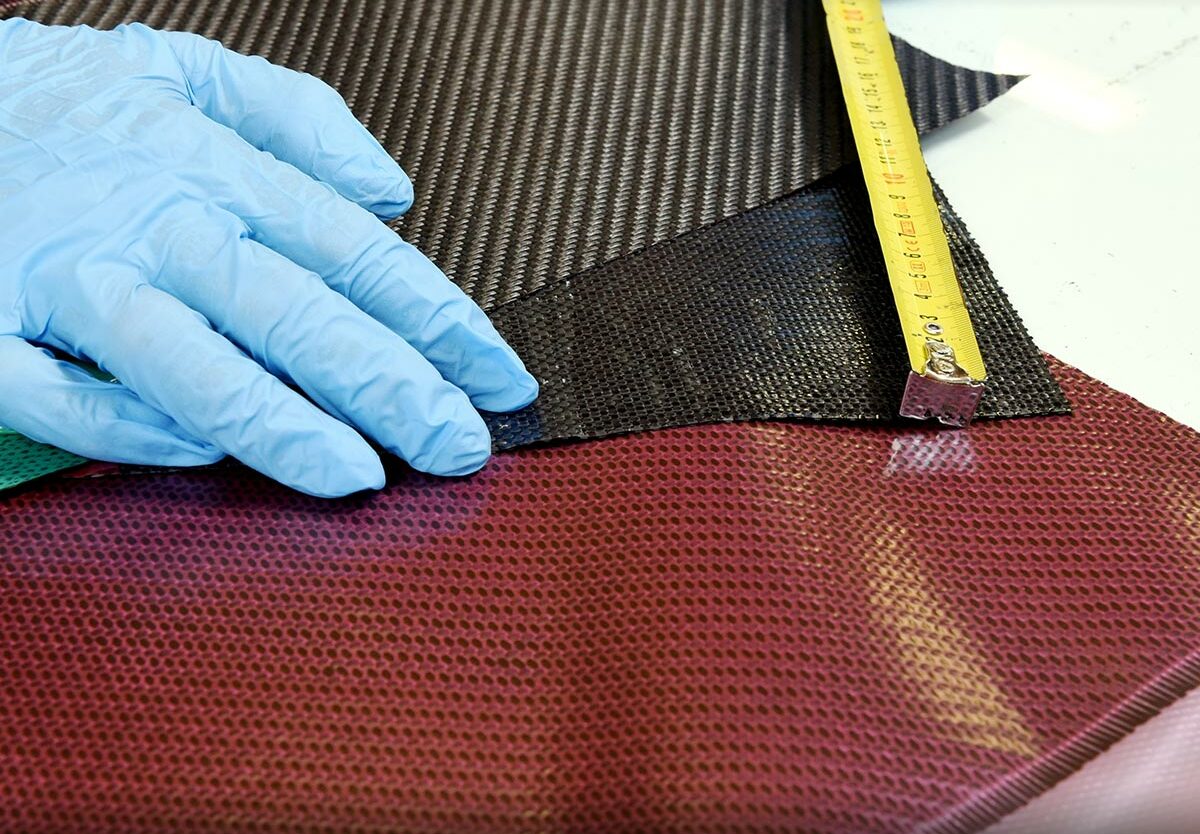National Composites Week occurs annually during the last week of August and takes place from August 25 to 29 this year. If you are a fan of reducing, reusing, and recycling, then you’ll love the world of composites. Composite materials are materials produced from a combination of two or more constituent materials. They go back more than 6,000 years and have transformed our manufacturing lives for the better. We are all about creating something new, and even better, building a more advanced world.
History of National Composites Week
When you think of composites, picture throwing one two or more seemingly basic clothing items together to create a fabulously uniform ensemble. A composite material created from two or more materials with different properties, typically fiber, and resin, is combined to act in concert. Fiber-reinforced composites produce some of the strongest, most versatile, most technologically advanced parts ever developed and offer manufacturers, designers, and engineers a new world of design possibilities.
Wattle and daub is one of the oldest methods of making composite material and dates back more than 6,000 years. Concrete is also a composite material used more than any other synthetic material in the world. As of 2006, about 7.5 billion cubic meters of concrete are manufactured each year — more than one cubic meter for every person on Earth. Composite materials can be traced back to earlier times, such as straw and mud for brick-making for Egyptian tombs, plywood by the Ancient Mesopotamians, and cartonnage with layers of linen or papyrus for death masks in Egypt. The first artificial fiber reinforced plastic was a combination of fiberglass and bakelite, made in 1935 by the Owens Corning Company.
The uses and benefits of composite materials are seemingly endless — from the development of state-of-the-art prosthetics to supporting renewable energy through better wind turbine design; and even enabling the development of fuel-efficient aircraft, drones, air taxis, and heightened space exploration. It is definitely no surprise why there is an entire week dedicated to this highly beneficial resource. A&P Technology, Inc. founded National Composites Week in 2019 to applaud the industry’s innovation, economic contributions, and proliferation. It is observed in the last week of August annually.
National Composites Week timeline
Ancient Mesopotamians glued wood strips at different angles to create plywood.
Owens Corning Company introduces the first glass fiber and launches the fiber-reinforced polymer (F.R.P.) industry, and in 1936, unsaturated polyester resins are patented.
A fully composite body automobile is prototyped and tested leading to the development of the 1953 Corvette.
The first carbon fiber is patented and several years later, becomes commercially available.
National Composites Week FAQs
What are composites made of?
Composites are made from a polymer matrix that is reinforced with an engineered, man-made, or natural fiber (like glass, carbon, or aramid) or other reinforcing material.
What is the strongest composite material?
Despite being extremely lightweight and a million times thinner than human hair, graphene is the world’s strongest material, with 200 times the tensile strength of steel.
Why do we need composites?
By choosing an appropriate combination of reinforcement and matrix material, manufacturers can produce properties that exactly fit the requirements for a particular structure for a particular purpose. The greatest advantage of composite materials is strength and stiffness combined with lightness.
National Composites Week Activities
Create something new and fun
The whole point of the week is to highlight the relevance of reproducing something new out of already existing materials. National Composites Week is the best time to put your creative thinking cap on and carry out a STEM or STEAM project with the basic things around you. Embark on a new solo mission, or involve friends and family in this new pet project.
Share your new creation or updates about the composite industry
Whether you’re a STEM scientist or an engineer, builder, designer, or researcher, you can share the latest composite innovation. This helps spread the word and relevance of the industry. You can share this information via social media using the hashtag #NationalCompositesWeek.
Visit the National Composites Week website
If you are a composite-based facility, share the week with us and the world. Facilities are encouraged to download materials about how to host an event that attracts tours from local students and businesses, and how to work with local news media on building awareness for the composites industry.
5 Facts About Fiberglass Reinforced Polymer (F.R.P.) You Did Not Know
It is super strong
F.R.P. is one of the strongest and most durable materials in the world.
It is light but mighty
F.R.P. weighs up to 75% less than steel but is equally strong, and in certain conditions, even stronger.
It is corrosion resistant
Unlike steel, it won’t rust when it’s exposed to harsh weather and chemicals.
It is impact resistant
F.R.P. keeps its shape through heavy handling and usage and can be formed into unlimited profiles or shapes according to needs.
It is off-radar
F.R.P. is transparent to radio, radar, and antenna transmissions (EMI/RFI).
Why We Love National Composites Week
It highlights the relevance of reproduction
The entire concept of composite materials and creation is grounded in the combination of materials made of different particles to produce something new. This seemingly simple act of reproduction has led to several technological advancements, which shows us there is power in utilizing materials we currently have to make better, more advanced products.
Composites are versatile and multipurpose
Composites entertain, save lives, protect the environment, and create a more technologically advanced world. They are used to create recreational activity material used for hockey, biking, golf, etc. They are also used for prosthetics, vehicle armor, seismic reinforcement, turbine design, and more advanced aerospace engineering.
The future of composites only gets brighter
Today, composites research attracts grants from governments, manufacturers, and universities, which allow innovation to accelerate. Specialized companies, such as aerospace composite companies, will find a place in the industry.
National Composites Week dates
| Year | Date | Day |
|---|---|---|
| 2024 | August 26–30 | Monday–Friday |
| 2025 | August 25–29 | Monday–Friday |
| 2026 | August 24–28 | Monday–Friday |













